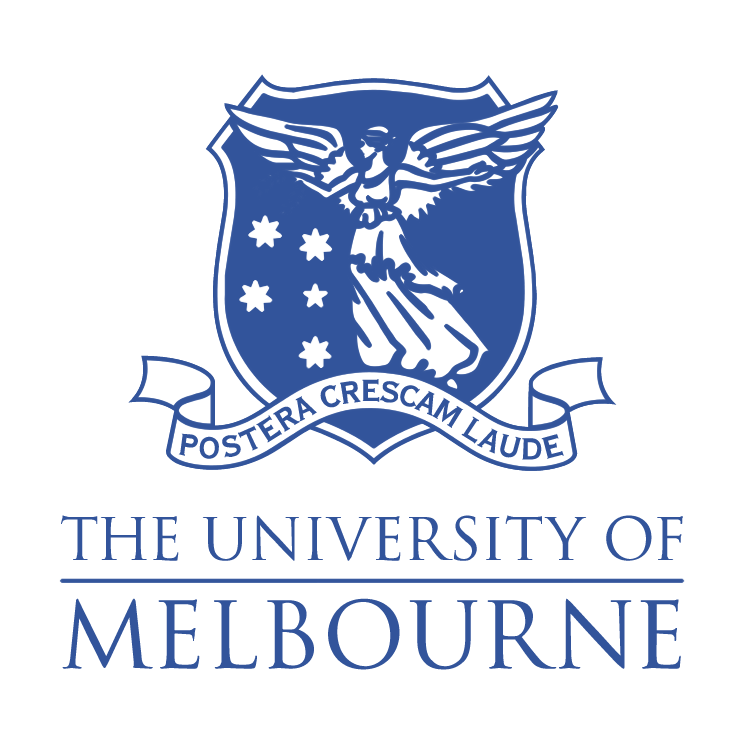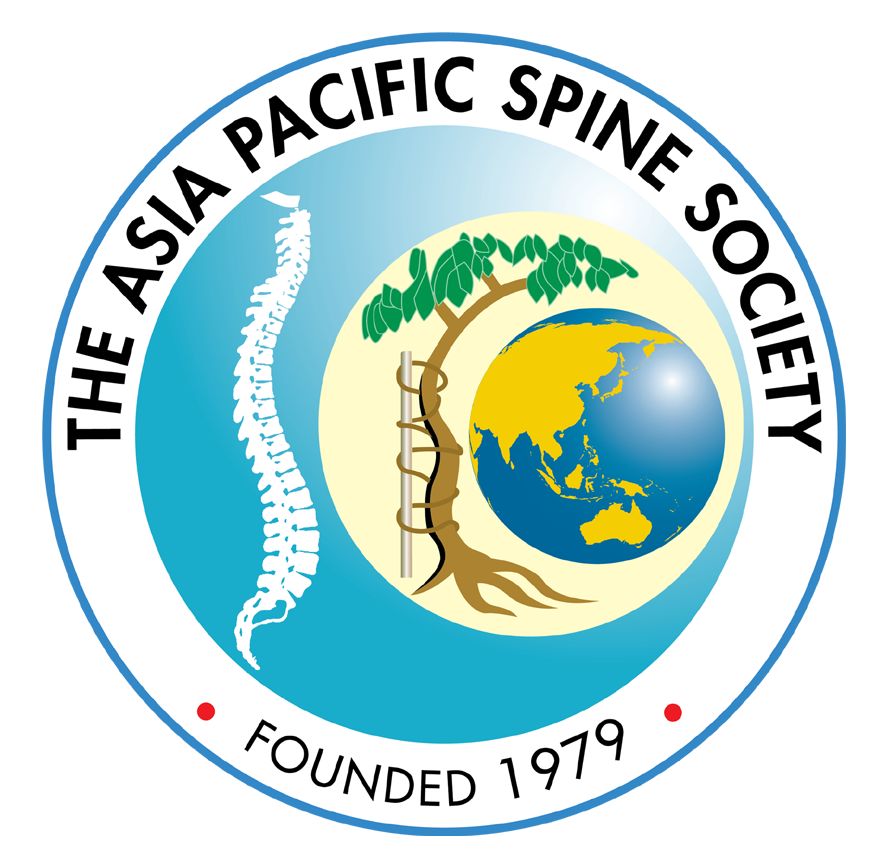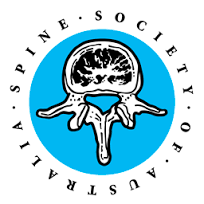Degenerative Disc disease
Degenerative disc disease is a gradual weakening and wearing out of one or more discs in the spine. These discs normally act as a cushion between the vertebrae to absorb shock. As the disease advances and the disc wears out, the vertebrae above and below the disc can also become misaligned, and bone spurs may grow that put pressure on the spinal cord and/or nerve roots.
The condition is often age-related but can sometimes be the result of trauma or injury to the back.
The symptoms of degenerative disc disease vary according to the location and severity of the diseased area of the spine. There is often associated pain, numbness or tingling. You may find that bending or twisting worsens the pain, and that lying down relieves pressure and pain.
Treatment
If you have degenerative disc disease, non-surgical treatments are always the first step in relieving your chronic back pain. These include:
- Non-steroidal anti-inflammatory drugs
- Physical therapy and back-strengthening exercises
- Stretching exercises
You may need surgery if the above measures don’t relieve your pain.
Spinal fusion is where the damaged disc is removed and the two vertebrae above and below it are fused together for stability.
Disc replacement is where the damaged disc is removed and replaced with an artificial one.










